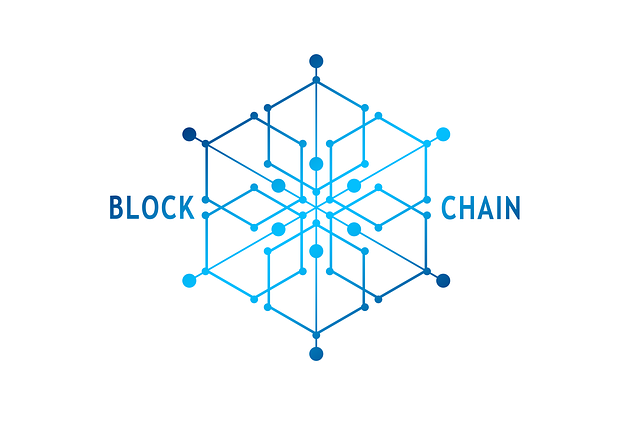John Bell
John Bell is a Business Advisor. He always shares his updated knowledge about Business through Social Media. He loves cooking . He is a focused person. In his
How Data Is Disrupting Old Industries and Fueling New Business Models I recently had the opportunity to talk with Matt Turck, partner...

How Data Is Disrupting Old Industries and Fueling New Business Models
I recently had the opportunity to talk with Matt Turck, partner at FirstMark Capital and the moderator of this week’s Structure Intelligence conference in San Francisco. Matt wanted to discuss how data is changing our lives and businesses in such a fundamental way.
As 2017 gets underway, many investors believe AI has arrived as the next wave in computing that will change our lives, just as mobile computing changed our lives when smartphones proliferated over the past decade. To understand this latest wave of computing, I suggest watching Andrew Ng’s video which has been viewed almost 2 million times. MBA students in AI and machine learning. For that reason, we’re seeing a big increase in demand for scientists and engineers who specialize in machine learning and deep learning all areas where GPUs excel due to their throughput advantages. Two universities focusing on AI are Stanford University’s Artificial Intelligence Lab led by Fei-Fei Li, a brilliant scientist whose work encompasses both research and product development-and Carnegie Mellon University (CMU), where my friend Byron from NVIDIA sits on the faculty.
We have spent the past 20 years building tools for helping people communicate visually. It has been an incredible journey watching customers use Tableau to help them discover amazing stories in their data, oftentimes with big business impacts from helping doctors discover that a specific drug is generating unexpected side effects, to seeing how different products are selling across different regions, to understanding the market price sensitivity of different geographies. We’ve built a very happy and engaged community of more than 55,000 members on LinkedIn alone. I see this growing larger every year as more people look at their data visualizations day-in and day-out. The New York Times recently featured Tableau in its “Data Is Beautiful” section which shows off some amazing visualizations. Together with Tableau, we’re also seeing increasing demand for the tools that help people create their own stories from workbooks that show how to use different functions in Tableau, to books showing how to visualize data with specific tips and tricks on visualization best practices for Blockchain, all the way to self-service courses where students learn at their own pace by solving real problems in Tableau. Everyone is looking for new ways of getting better at telling stories visually.
I started my career working with banks and financial institutions back when I was a doctoral student at CMU. In many ways, it’s been exciting watching blockchain grow from an open-source project into a powerful industry-transforming finance and business tool. Today, any industry in which a trusted intermediary is required for transactions to occur and where parties prefer to keep their transactions private from other participants in the ecosystem can benefit from blockchain technology. The bitcoin blockchain lets people send value to each other without having to trust that third party, while Ethereum lets people run applications without trusting an intermediary. In both cases, the parties participating in a transaction feel more confident due to the visibility and transparency of these blockchains, and because their records cannot be altered once written. I’m excited about how this will lead to new business models and transform nearly every industry over time from finance and healthcare to government services and insurance by removing middlemen from processes that have been built around them for hundreds of years.
AI, machine learning, deep learning, and neural networks-whatever you want to call it is the wave of the future. This technology isn’t science fiction anymore. We are seeing it make an increasing impact on our lives. Right now, this means that companies need people who understand how to build these systems and apply them in useful ways. I think that anyone interested in this field should start building things today if they’re not already doing so. There are countless sources of information available for free online about these topics. If you’re just starting out with programming or data visualization, there’s no better time than now to learn!
In closing, I’d like to thank those who have been part of our journey so far. We’ve come a long way from the early days in San Francisco. To everyone reading this article-I look forward to continuing this journey with you as we explore new ways of bringing data and analytics into more people’s lives.
Suggested:
What are the Four types of Ai (Artificial Intelligence)?
Will Artificial Intelligence Rules The Realm Of Digital Marketing.
5 Ways AI Technology Improves Digital Marketing.